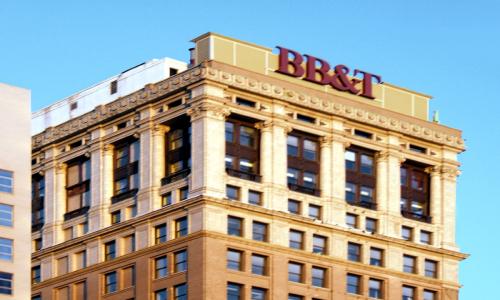As Bank of America prepares to undergo yet another round of “stress tests” as mandated by the Federal Reserve Bank, questions continue to be raised regarding its ability to weather the slow-paced economic recovery that at times remains stalled. The Fed’s stress-tests, more formally known as the Comprehensive Capital Analysis and Review (CCAR) program, recently announced the next evaluation will require banks to submit their plan by January 9th to the Fed. Banks with assets of $ 50 billion or more must comply with the requirement.
In early 2011 19 banks participated in CCAR, the Fed expects an additional 12 banks to comply in the current review cycle. A feature in the New York Times described the most likely stress-test scenario as “a sizable shortfall in U.S. economic activity and employment, accompanied by a notable decline in global activity.” Obviously, the proposed scenario is not much different than the reality of yesterday, today, or tomorrow for that matter.
Concern about BofA stems from its long list of troubles with mortgage write-offs, home foreclosures, their debit card fee fiasco, and new fees for free checking accounts. Old problems returning to the forefront include the acquisition of Countrywide Mortgage and an ongoing investigation that 60 Minutes reported on recently. Previously, the bank set aside nearly $ 13 billion to settle legal claims from clients and investors. Add to this a new $ 315 million settlement on behalf of BofA’s Merrill Lynch division for their involvement in mortgage-backed investments and you can see why Brian Moynihan, CEO of BofA, is probably not getting much sleep these days.
The Occupy Wall Street (OWS) movement is setting their sights on banks and has BofA in their crosshairs. Whether OWS has any valid claim is an open question, but the bank needs more distraction from OWS like it needs another hole in its $2.2 trillion balance sheet. Despite an announcement of cutting 30,000 jobs and reducing expenses $ 5 billion by 2014, BofA’s share price continues to trade in a narrow range of $ 5 to $7. It’s lost 2/3 of its share price in 2011, starting in January at $ 15.25 and dropping to $ 5.08 in late November.
Consumers must decide if they’re willing do business with a bank that has so many critical issues to deal with while serving their customers. The huge backlog of bad loans and the overhang of litigation makes for a challenging environment for bank executives to function in, let alone to attract new customers and retain existing customers. Despite 30-year mortgage rates near lows, BofA is finding it difficult to write loans to qualified borrowers. The continued decline in home values and home prices while foreclosures begin to rise again, present a scenario that may very well be a real-time stress-test for Bank of America and the banking industry. Again.








Add your Comment
or use your BestCashCow account